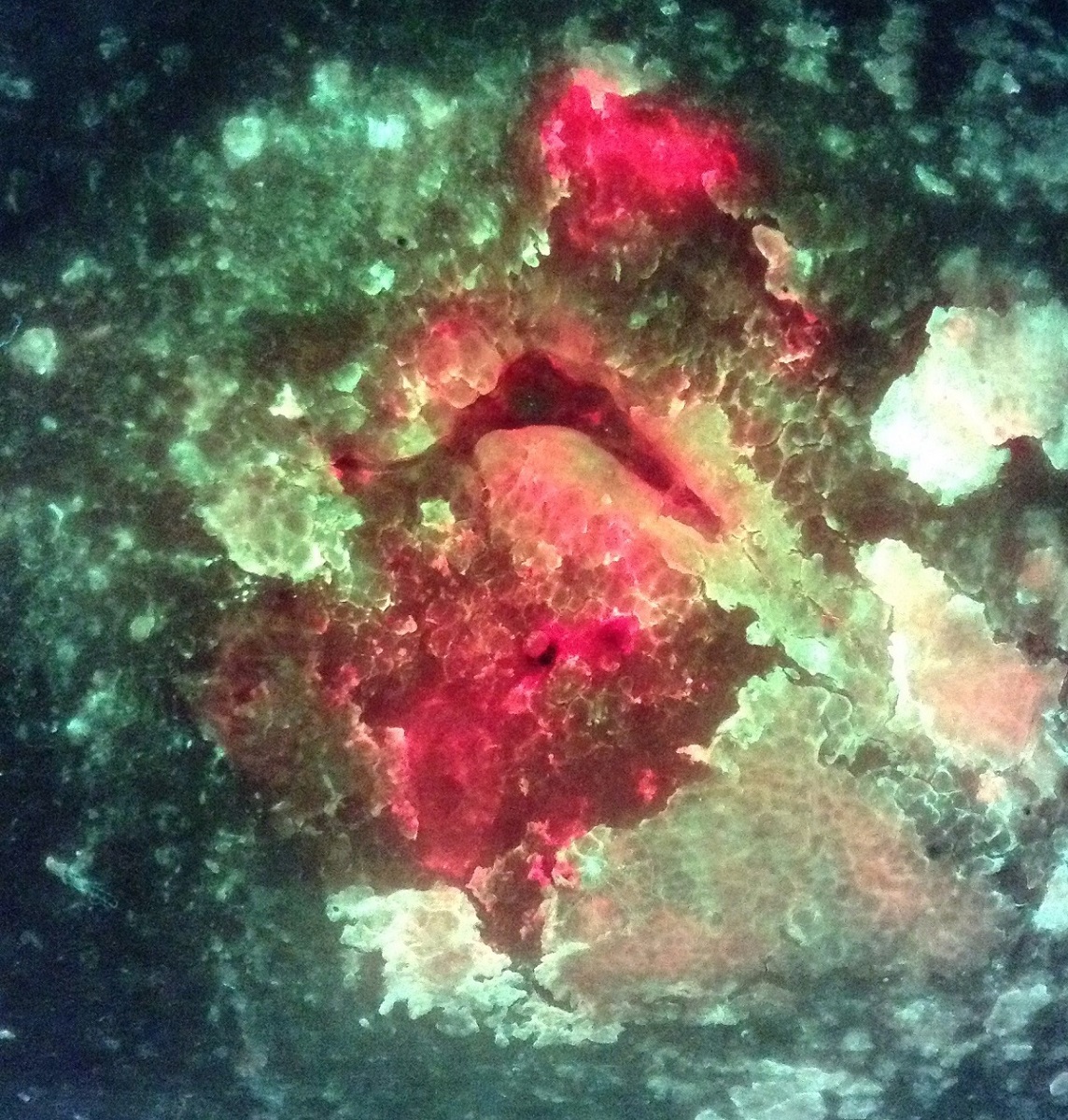Background: In 2014 the World Health Organization (WHO) warned of an emerging world-wide crisis of antibiotic resistant microorganisms. In response, government and professional organizations recommended that health care systems adopt antimicrobial stewardship programs (ASPs). In the United States, the Centers for Medicare Services (CMS) mandated antimicrobial stewardship in the hospital inpatient setting. Effective January 1, 2020, the Joint Commission required ambulatory centers that prescribe antibiotics, such as wound centers, to institute an ASP. Chronic wounds often remain open for months, during which time patients may receive multiple courses of antibiotics and numerous antimicrobial topical treatments. The wound clinician plays an integral role in reducing antimicrobial resistance in the outpatient setting: antibiotics prescribed for skin and soft tissue infections are among the most common in an outpatient setting. One of the most challenging aspects of antimicrobial stewardship in treating chronic wounds is the inaccuracy of bacterial and infection diagnosis. Methods: Joint Commission lists five elements of performance (EP): (1) Identifying an antimicrobial stewardship leader, (2) establishing an annual antimicrobial stewardship goal, (3) implementing evidence-based practice guidelines related to the antimicrobial stewardship goal, (4) providing clinical staff with educational resources related to the antimicrobial stewardship goal, and (5) collecting, analyzing, and reporting data related to the antimicrobial stewardship goal. This article focuses on choosing and implementing an evidence-based ASP goal for 2020. Discussion: Clinical trials have demonstrated the ability of fluorescence imaging (MLiX) to detect clinically significant levels of bacteria in chronic wounds. Combined with clinical examination of signs and symptoms of infection, the MLiX procedure improves the clinician’s ability to diagnose infection and can guide antimicrobial use. In order to satisfy the elements of performance, the MLiX procedure was incorporated into the annual ASP goal for several wound care centers. Clinicians were educated on the fluorescence imaging device and guidelines were instituted. Collection of antimicrobial utilization data is underway.

